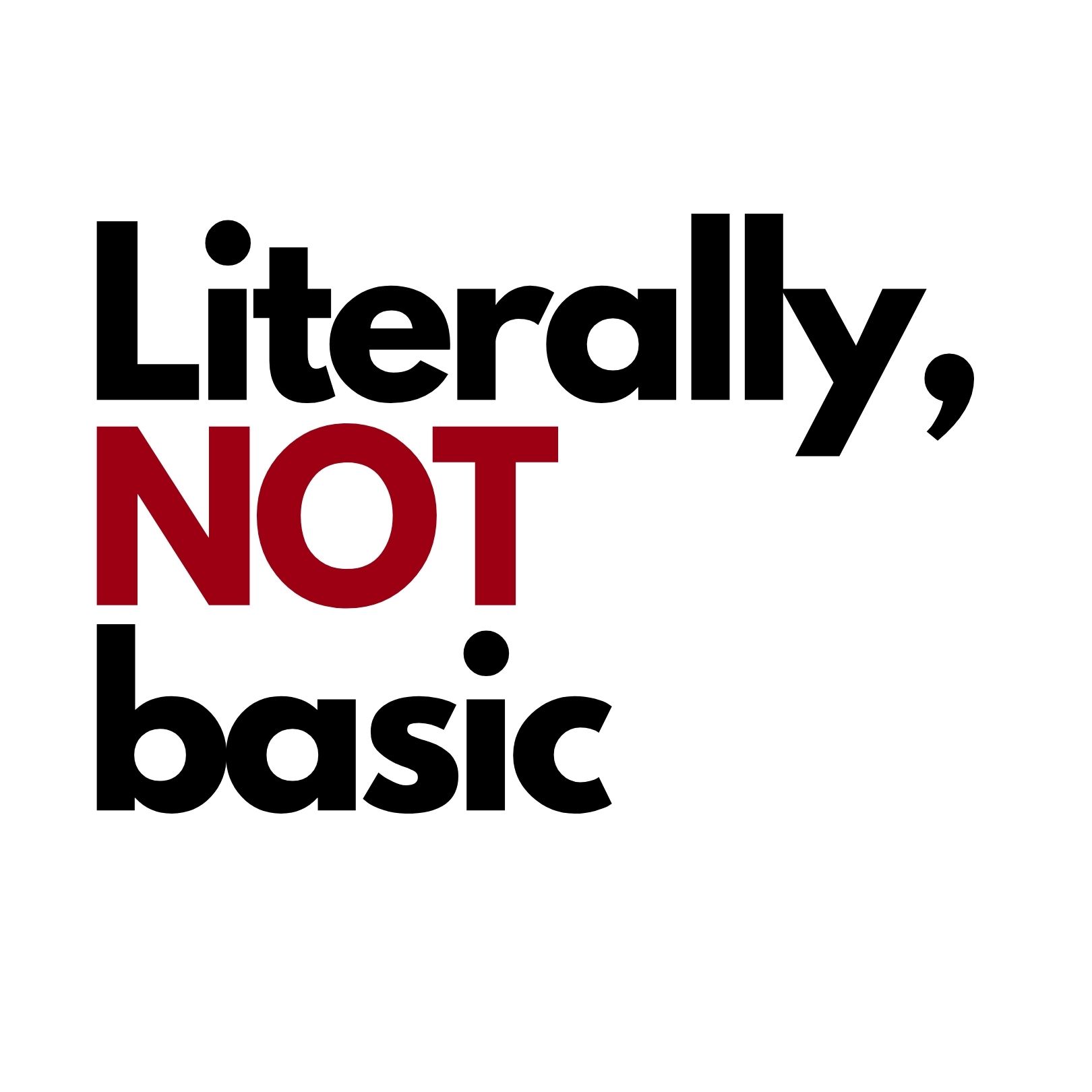In a noteworthy announcement, luxury handbag maker Hermès revealed on Thursday that it has experienced a significant surge in sales for the third quarter, showcasing its resilience and continued appeal in the luxury market, particularly as competitors struggle due to a downturn in China. The company’s renowned handbags, notably the coveted Birkin bag, have proven to be irresistible to affluent shoppers.
For the three-month period ending in September, Hermès reported a remarkable revenue of €3.7 billion (approximately $3.99 billion), translating to an impressive 11.3 percent increase when adjusted for constant exchange rates. This performance aligns with the expectations set by analysts, including those noted in a report by Jefferies.
Hermès has reiterated its commitment to maintaining its medium-term revenue growth forecast at constant exchange rates, despite the global economic uncertainties, geopolitical tensions, and changes in monetary policy. The company emphasized its strategy to continue recruiting talent, indicating a forward-looking approach even in the face of potential challenges.
Analyst Luca Solca from Bernstein remarked, “We regard Hermès as an optimal option for safeguarding investment portfolios amid anticipated difficulties in the second half of 2024, which may be compounded by global cyclical slowdowns and ongoing structural challenges in China.” It’s noteworthy that all business divisions achieved growth rates that exceeded expectations, with the sole exception being the watches category.
The luxury sector has undeniably faced a slowdown, impacting brands across the spectrum. However, Hermès has distinguished itself through its timeless designs and meticulous control over production and inventory, which bolsters its status as one of the most consistent performers in the luxury industry. The high-ticket items, such as the famous Birkin bags that often exceed $10,000, are primarily accessible to a wealthy clientele who are generally more resilient to economic fluctuations.
Focus on the Chinese Market
Among various regions, the Asia Pacific, excluding Japan, observed the slowest growth for Hermès, with sales increasing by just 1 percent. Executive Vice President of Finance Eric du Halgouet shared insights during a press call, stating that the sales performance across the region was relatively uniform.
Du Halgouet noted, “There has been no disruption to our trends in China. Although we still contend with diminished foot traffic that began after the Chinese New Year, we have not experienced any further decline.” To counteract this lower traffic, the company has focused on driving higher average transaction values, successfully selling items such as jewelry, leather goods, and a variety of ready-to-wear apparel for both men and women.
Following the recent opening of a store in Shenzhen’s Mixc shopping mall, Hermès announced its plans to invest further in China, including the launch of a flagship store in Beijing set for next year.
In terms of stock performance, Hermès shares have surged nearly 9 percent year-to-date, significantly outpacing its competitors. In contrast, LVMH has seen a nearly 15 percent drop, Moncler has declined by 3.3 percent, and Kering faces a 40 percent decrease as it strives to revitalize its Gucci brand.
Major player LVMH recently missed market expectations and reported a significant drop in Chinese consumer confidence, reaching levels similar to those observed during the COVID pandemic. Meanwhile, Kering has issued a warning stating that its 2024 operating income could nearly halve as weak demand in China further complicates Gucci’s challenges.
Interestingly, despite its successes, Hermès has noted minor shifts in consumer behavior, reporting a slight decrease in foot traffic from aspirational customers, which has impacted the sales of higher-volume products such as fashion accessories and silk scarves.






